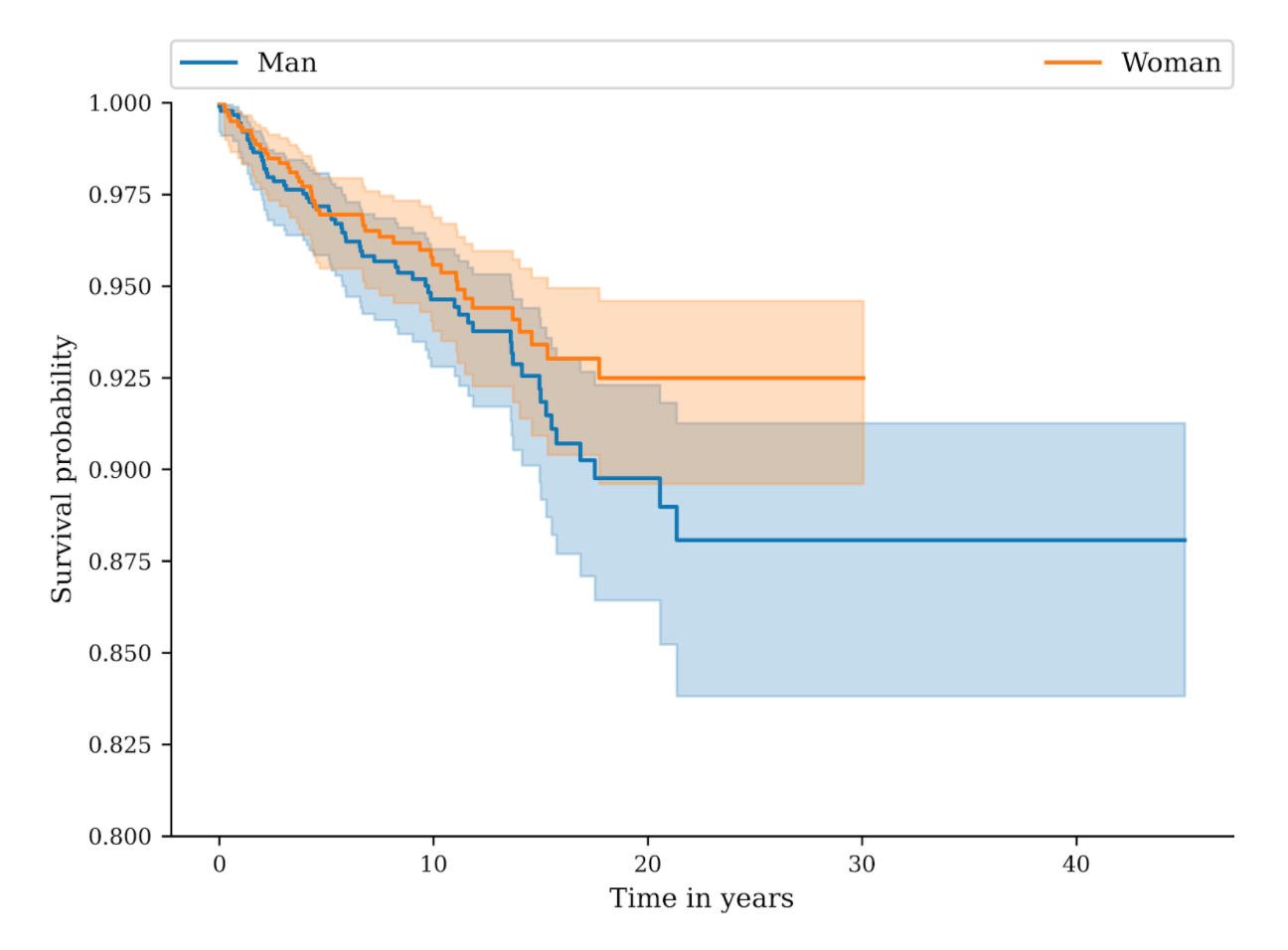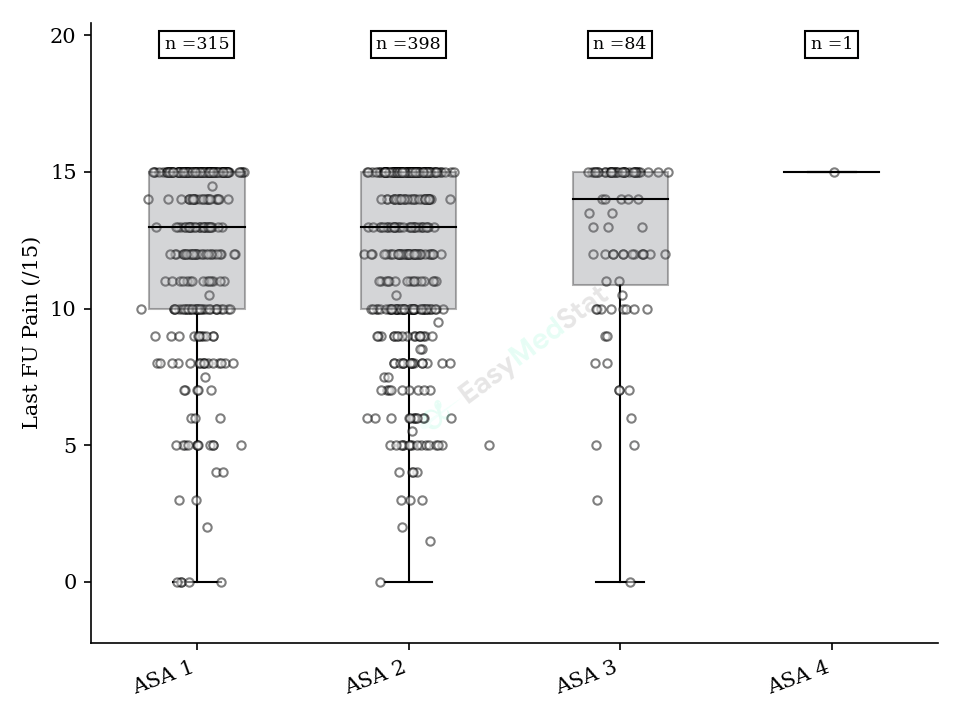Multivariate Analysis Online Calculator
Perform multiple regressions without any statistical knowledge
A better way to perform your statistics
Multivariable analysis with no effort
Just pick the variables that you want to study and EasyMedStat will calculate the results of your regression. There’s no need to code and no statistical knowledge required.
Which type of regression should I use?
EasyMedStat automatically chooses the best type of regression for you. We currently support linear regression and logistic regression. The choice between the two models is done automatically on your behalf.
Automated methodology check
To perform a multivariate analysis, your data must follow some conditions. We will check everything automatically for you: missing data, extreme values, multicollinearity, normality of the residuals … all the things you do not want to waste time on.
Generated texts to include in your article
What should you write in the methods and results section of your articles? We generate all that text for you automatically!
What is a multiple regression?
Both tests are used in medical studies to test the numeric distributions of more than two independent groups. However, their calculation methods are very different. Due to its parametric nature, the ANOVA test can not be used in every circumstance. However, when using EasyMedStat, the most appropriate test will be chosen automatically according to your data, so you do not have to worry if you can use this test or not. EasyMedStat does all the work for you.
Why is it necessary to perform a multiple regression?
In medical research, an outcome is hardly predictable by only one factor. Many parameters may come into play: genetics, environmental exposure, way of life, use of medications, … If you want to take into account all the parameters concomitantly to explain the disease or the outcome you are studying, simple statistical analyses will not be sufficient. You will need to perform a multiple regression. In a multiple regression, we study the simultaneous effect of several predictors on one variable we want to predict.
Is it multiple regression or multivariate analysis?
Both terms are often used interchangeably in the medical domain. However, they are truly different and the difference is easy to understand. A multiple regression is the method used to model one variable according to several other variables. For example, modeling the 5-year survival of a patient according to age, BMI, disease stage, etc. Multivariate analysis also models the relation between variables. However, the outcome you want to model is measured for the same individual at multiple time points (repeated measures). So instead of one variable to predict (multivariable analysis or multiple regression), you actually have multiple variables to predict (multivariate analysis).





